How do I remove data from a histogram in python under a certain frequency count?
Say I have 10 bins, the first bin has a count of 4, the second has 2, the third has 1, fourth has 5, etc... Now I want to get rid of the data that has a count of 2 or less. So the second bin would go to zero, as would the third.
Example:
import numpy as np
import matplotlib.pyplot as plt
gaussian_numbers = np.random.randn(1000)
plt.hist(gaussian_numbers, bins=12)
plt.title("Gaussian Histogram")
plt.xlabel("Value")
plt.ylabel("Frequency")
fig = plt.gcf()
Gives:
and I want to get rid of the bins with fewer than a frequency of say 'X' (could be frequency = 100 for example).
want:
thank you.

